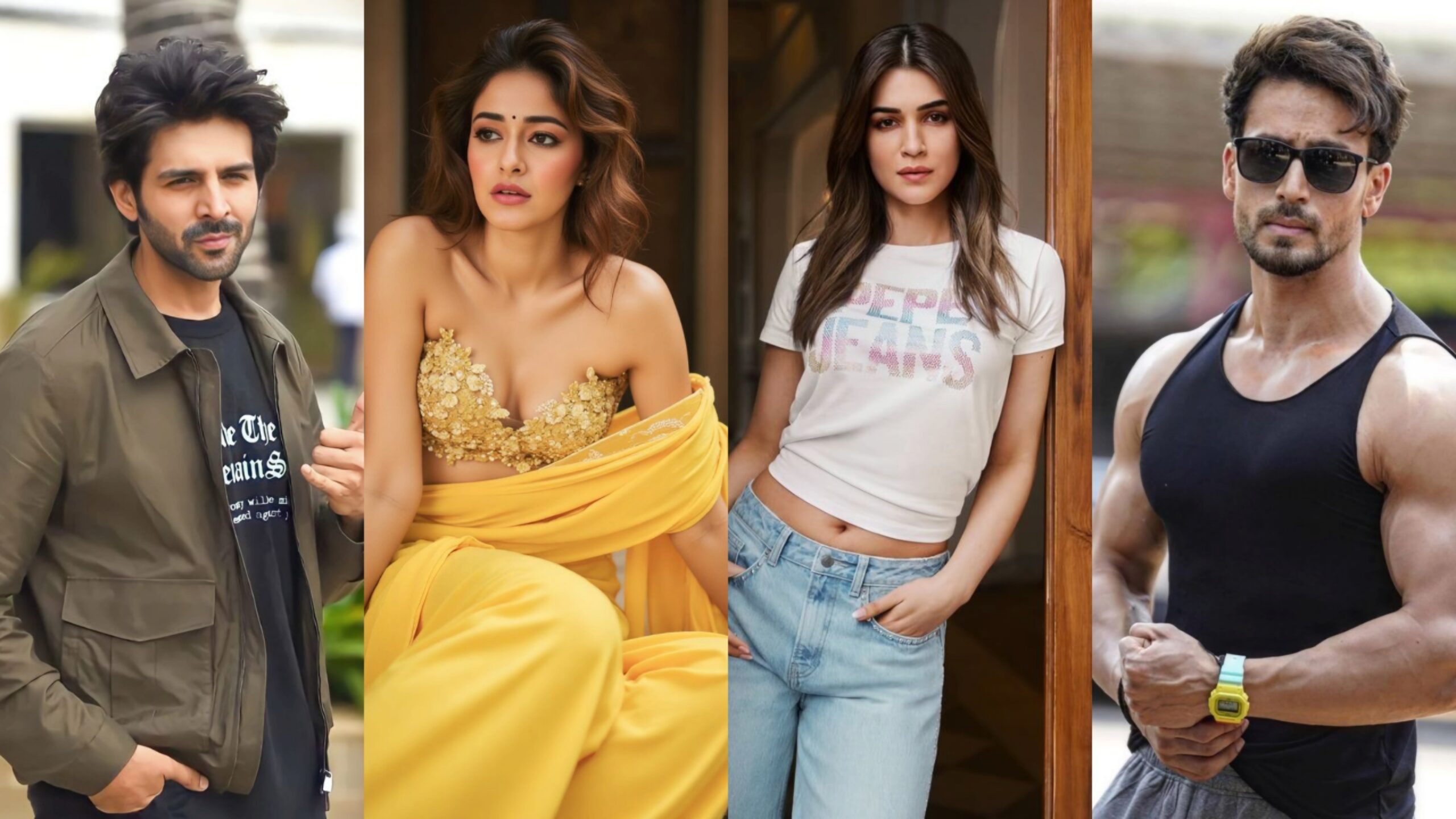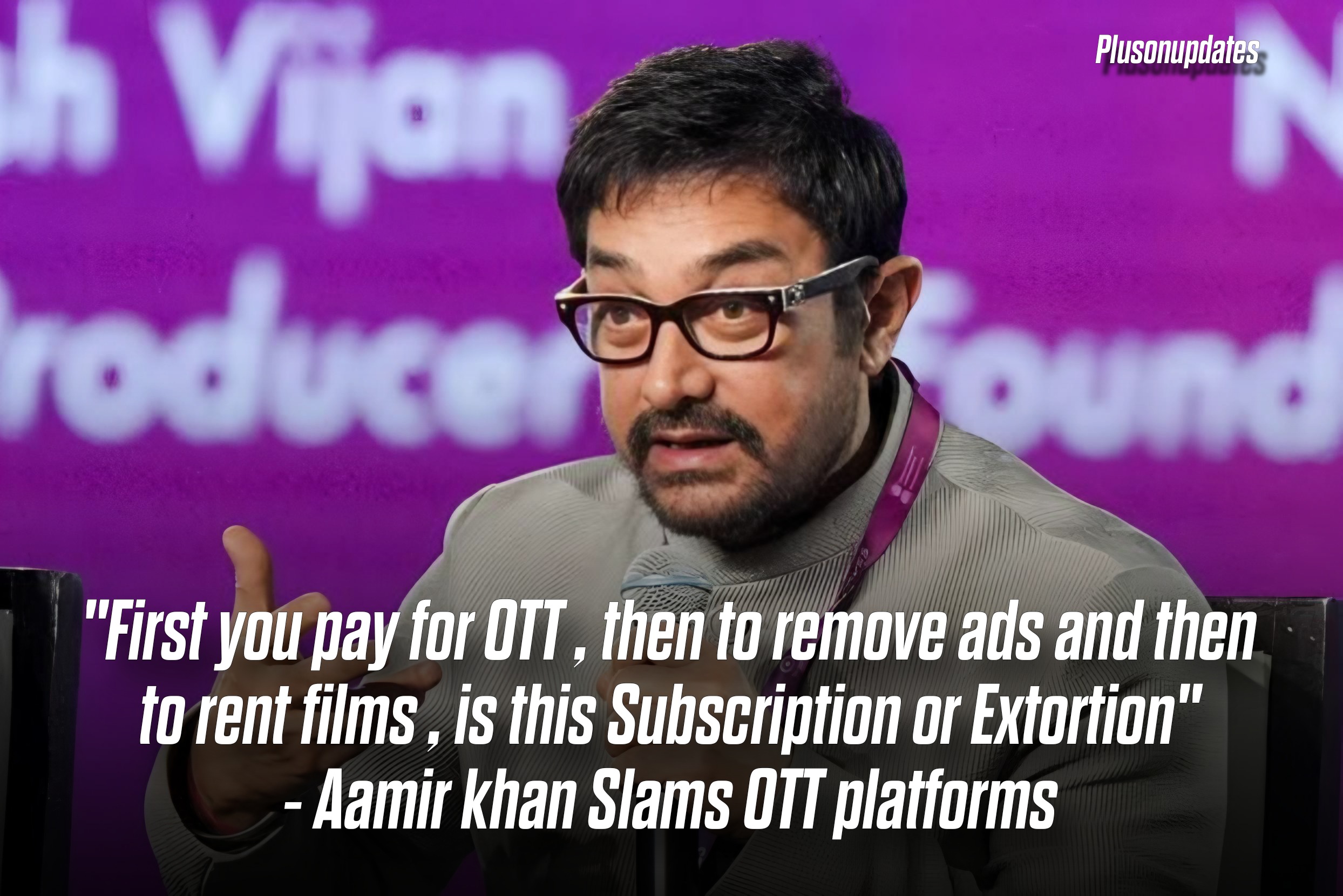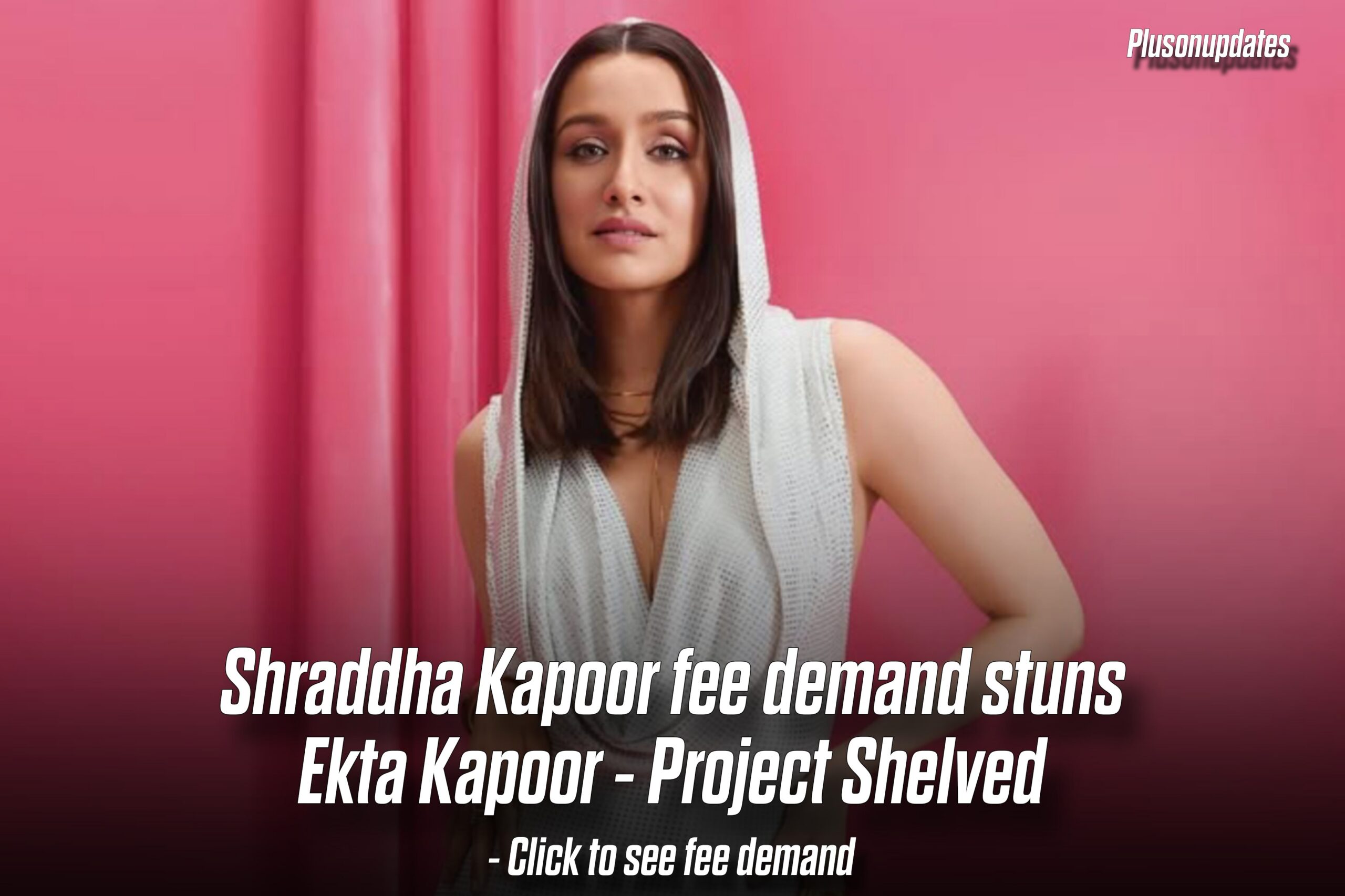Lights and camera, but where are the changes?
Open any recent movie poster from Bollywood, and, chances are, you will find the poster filled with the names of only a handful of stars: a certain Khan, Kapoor, or Bhatt. It feels like déjà vu, all over again. While the audience thirstes for new faces and fresh stories, it almost seems as if Bollywood has hit the repeat button for casting.
What is the reason? Why do newcomers, lesser-known yet talented, somehow find it hard to shine?
Roll the reel! Let us go and decode this casting conspiracy.
1. The Big F.A.T.-Star Power Syndrome
Bollywood is an industry that exalts star value. When producers invest crores into a film, big stakes prompt them to hold on to a “safe bet.” They would perch big names such as Ranveer Singh, Alia Bhatt, or Tiger Shroff to secure the initial buzz, tie-ups with brands, and guaranteed footfall-even if the script is only half-baked.
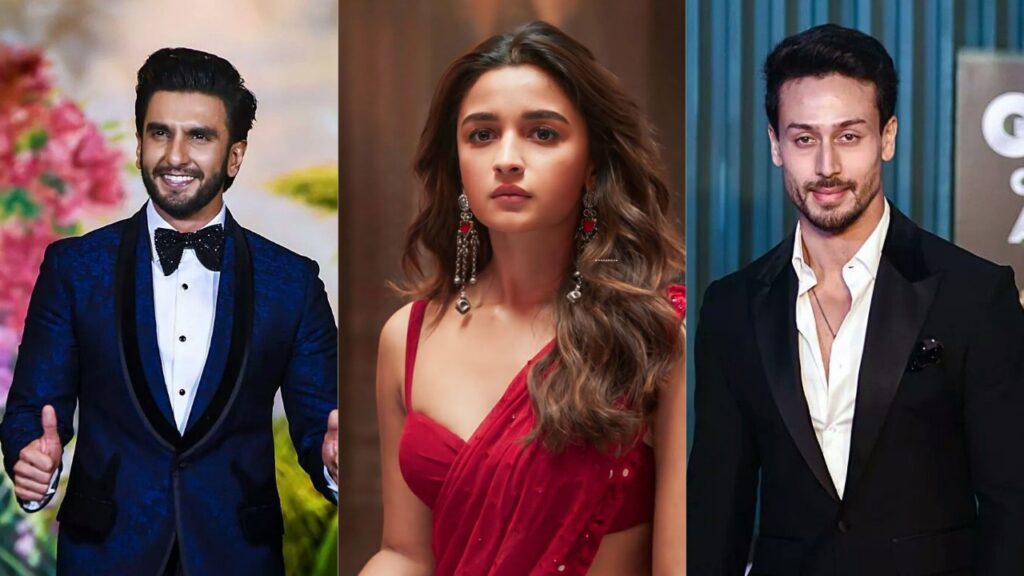
Simple math:
Famous face = More media attention = Preventing those ugly second-weekend drop figures.
2. Audience Obsession: Stars Over Substance
It’s not just Bollywood; it’s also us, the audience.
We glorify these actors as godlike beings. No matter how well an actor performs, if star kids arrive in the milieu, they are trending on social media and walking down red carpets to grace magazine covers.
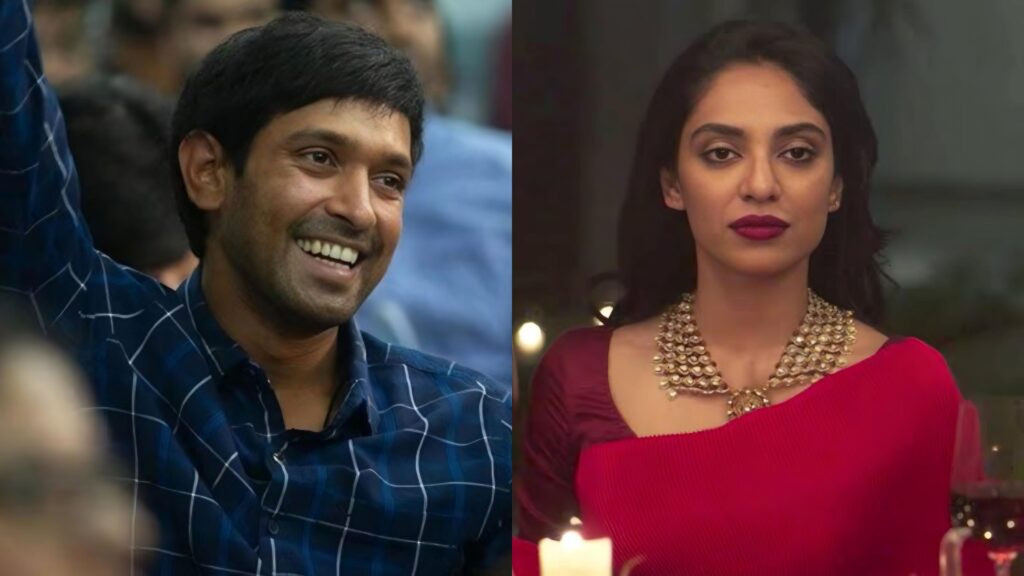
Remember Vikrant Massey in 12th Fail? Or Sobhita Dhulipala in Made in Heaven? Critically acclaimed, dearly loved by cinephiles, yet still far from the larger commercial feature.
3. Nepotism – The Elephant in the Vanity Van
Let’s tackle the Karan Johar-shaped elephant in the room. Nepotism exists, and it is no longer a secret. Star kids are launched with grandeur, with media training, and pre-paid opportunities.

Meanwhile, raw emerging talents from theatre circuits, OTT platforms, or small towns have to grapple for many years just to become noticed — let alone cast as a lead.
3.1 When Fresh Faces Were Replaced or Ignored
This isn’t just theory — it’s happening behind the scenes too.
🎬 Student of the Year (2012)

The film was initially pitched as a launch pad. There had been some chatter that they might cast some unknown theatre actors, but ultimately it was Alia Bhatt, Varun Dhawan and Sidharth Malhotra who made their debut, two of whom are fairly connected to the industry.
🎬 Kabir Singh (2019)
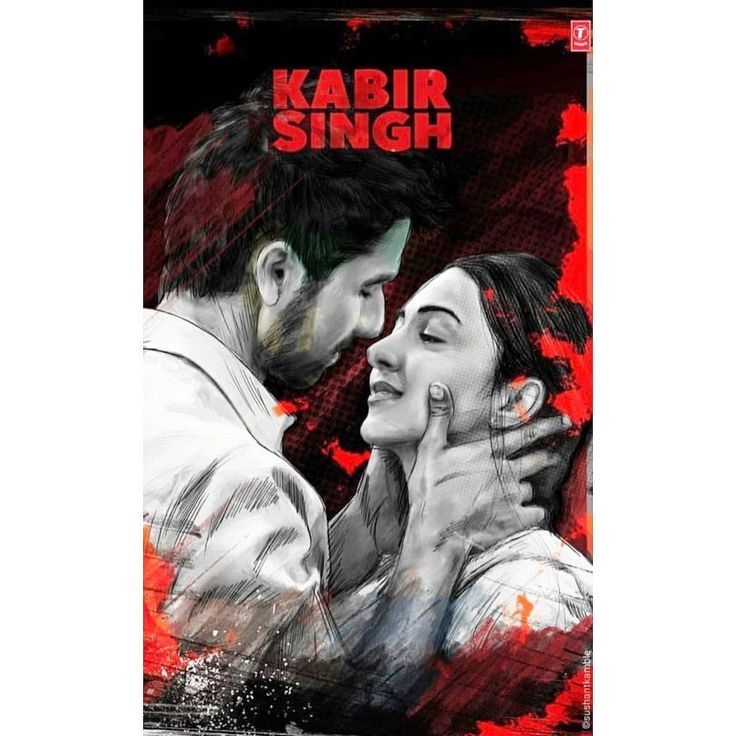
After Arjun Reddy was well received in India, there was some buzz that Bollywood might cast a new actor so that this character’s rawness could contrast with the Telugu film. Instead, they went straight for Shahid Kapoor, which is ironic since he is already a star and it excluded any opportunity for a new actor.
🎬 Dhadak (2018)
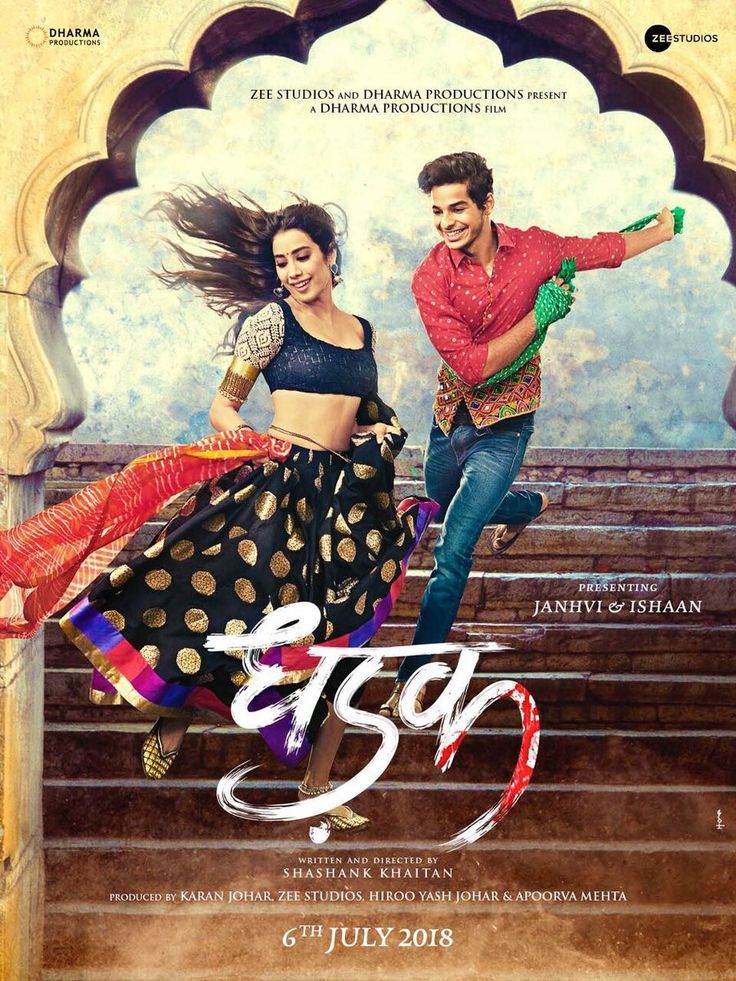
The original Marathi film Sairat, which is undoubtedly a film of resound authenticity – starred two unknown regional actors. The Hindi remake Dhadak starred Janhvi Kapoor and Ishaan Khatter, both children of established film families. So there was never even a chance for a fresh pair.
🎬 The Archies (2023)

For a global brand and a fresh idea to adapt — it again chose to cast sister and brother duos (Suhana Khan, Agastya Nanda, and Khushi Kapoor.) Once again, the film could have created the opportunity for talented unknowns, but the industry chose the legacy of star kids.
🎬 Liger (2022)
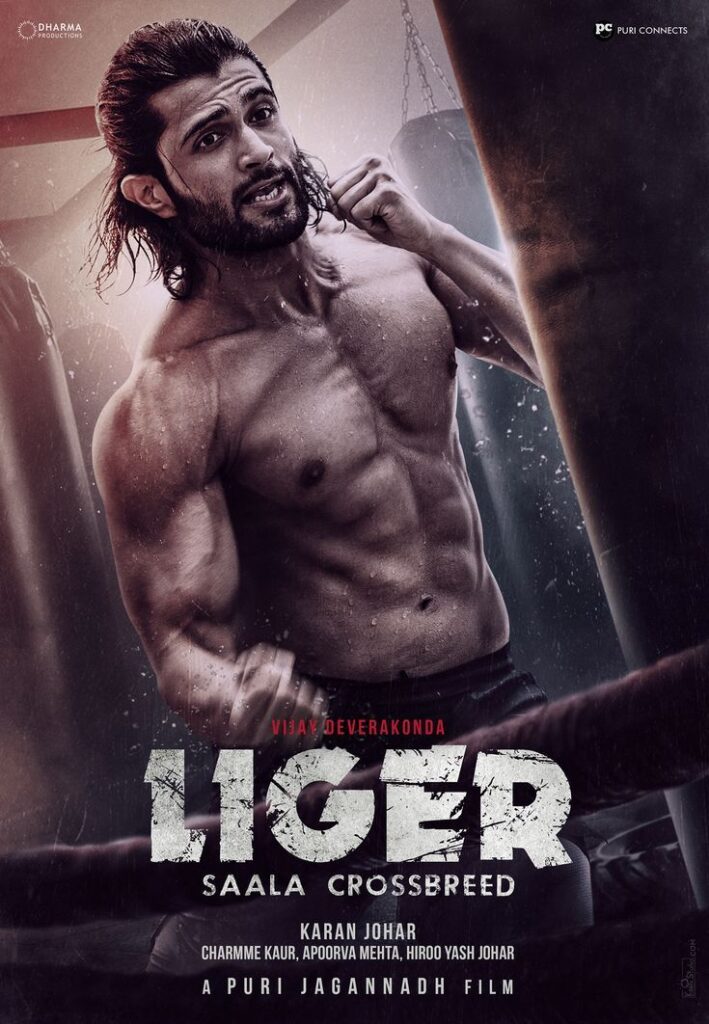
When Liger was first announced, it was hyped as Vijay Deverakonda’s debut across the nation but people had high hopes that the female lead would be a fresh actor who would match his energy. Instead, Liger cast Ananya Panday. This raises concerns that casting choices were based on followers rather than fit.
4. Risk Aversion in Big-Budget Filmmaking
Let’s say you’re putting ₹100 crores on a movie.
Would you back a new actor or you take the sure bet with a name actor with 20M Instagram followers and fanbase that will fill all the theatres?

Most producers go with the name actor.
It’s not about who is the better actor, it’s about who will sell tickets better.
5. The Marketing Machinery Loves Familiar Faces
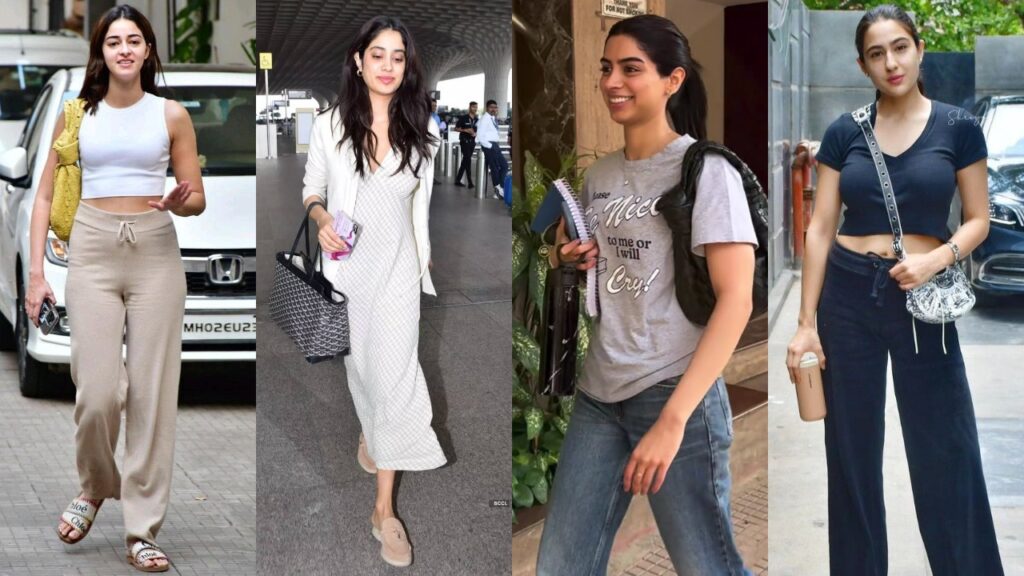
Movies are now more than movies—they’re brands.
Stars go on reality shows, Instagram reels, airport ‘looks’, fashion week, and crickets to promote films now. Reputable actors make things easier and shareable.
New actors? They can have talent but don’t have reach—and that is a bummer for the promo plan.
6. Lack of Strong Casting Directors in Commercial Cinema
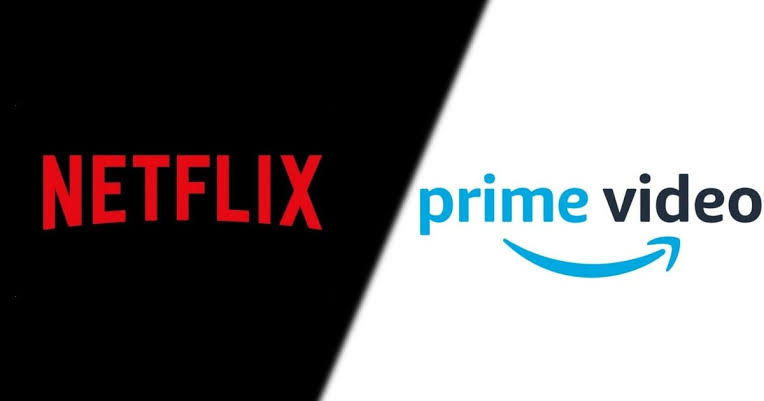
Even though parallel cinema and OTT platforms such as Netflix or Amazon Prime continue to do a great job of casting new, diverse talent — mainstream Bollywood continues to depend on agencies and affiliation to cast.
This is slowly changing, but not fast enough.
7. Underrated = Underfunded
Plenty of unfamiliar or low-profile actors do not have PR teams, managers, or even the financial means to audition, especially in Mumbai. Their stories don’t surface because they’re buried in the shine of celebrity launches and magazine photo shoots.
You have the talent, but talent alone is not enough — you need visibility, contacts, and luck.
8. OTT vs Bollywood – The Rise of a Parallel Universe
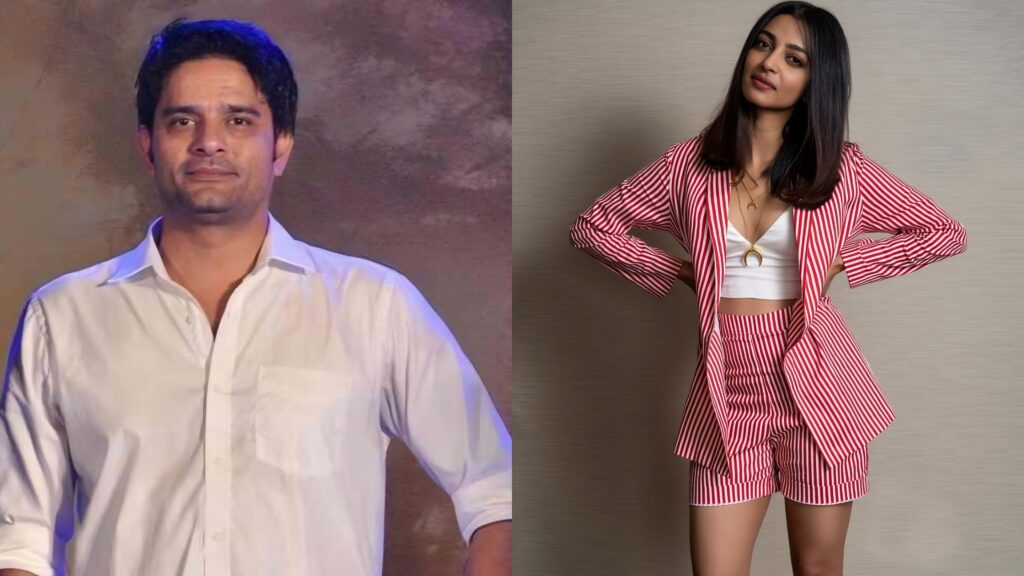
Streaming platforms are creating opportunities for actors like Jaideep Ahlawat, Radhika Apte, Pratik Gandhi, and Tripti Dimri to be discovered. OTT is providing what Bollywood fails to do: freedom from formulas, authentic characters, and stories with risk and creativity.
And the irony? When these actors become stars on OTT, Bollywood gets them!
9. Will the Change Ever Come?
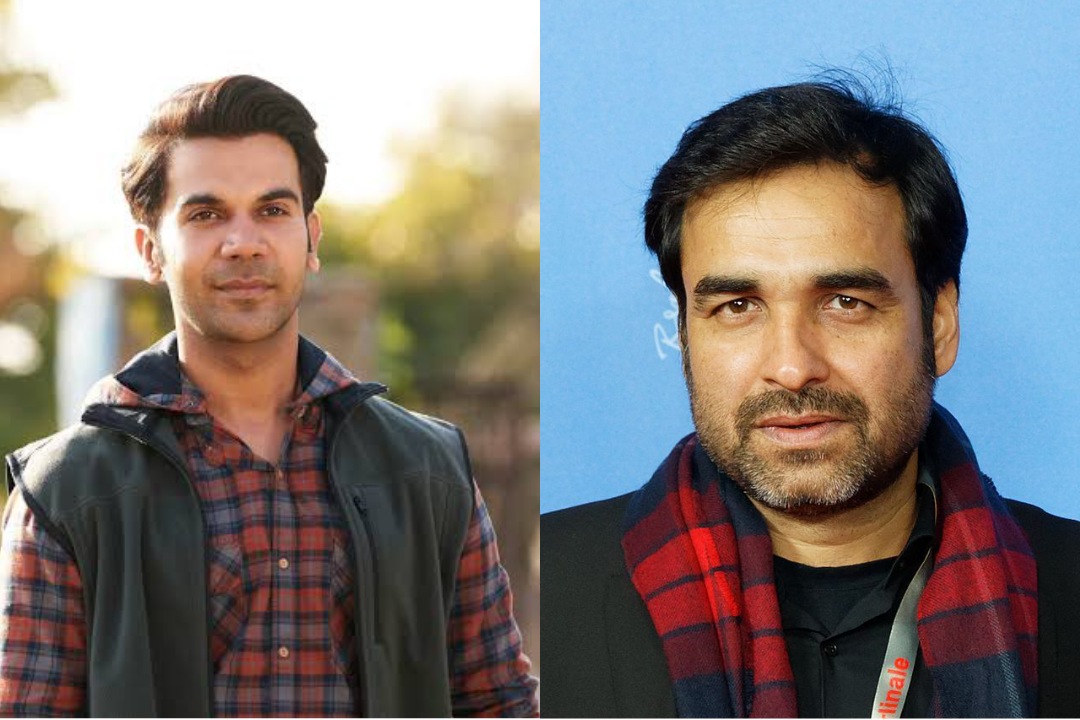
Change is occurring, that is true — albeit slowly.
Actors like Rajkummar Rao, Pankaj Tripathi, and Konkona Sen Sharma have cracked it, but it took a long time. Audiences want authenticity, and social media has given power the underdogs.
But in order for real change to happen, producers need to stop paying attention just to the numbers, and should trust the craft.
Final Curtain Call
Bollywood has loved its glamour, but an audience is changing.
We want more Sushmita Sens, Vikrant Masseys, Shefali Shahs, and Ali Fazals. Bollywood should get bold, and stop playing it safe with their casting.
New faces, new stories – that’s what we are waiting for from the industry.
